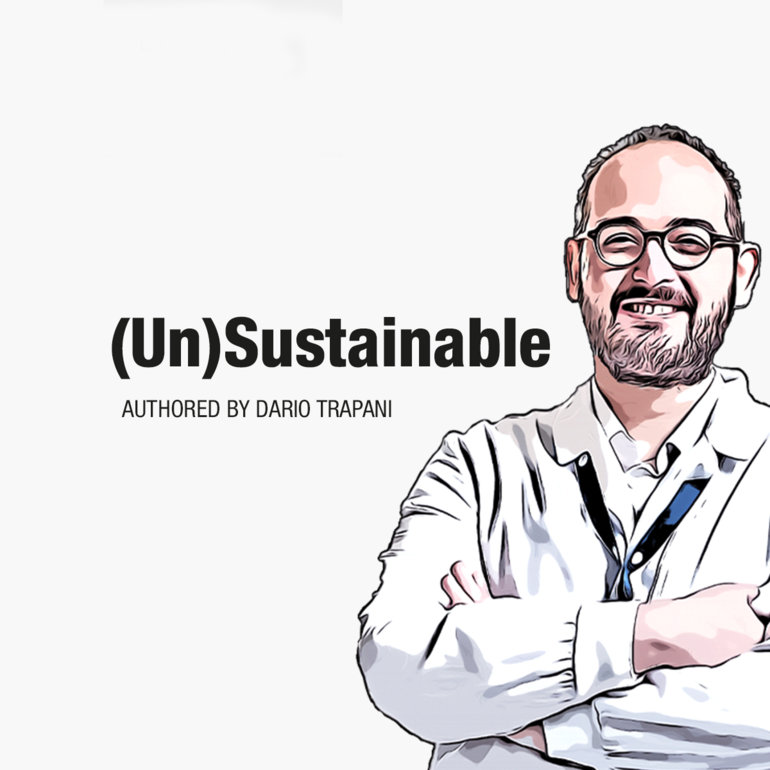Increasing data show that they are indicators of inequitable environments which may negatively impact on cancer outcomes, but more efforts are needed to properly assess them in oncology
The World Health Organization (WHO) has defined the social determinants of health (SDH) as “non-medical factors that influence health outcomes,” that include “conditions in which people are born, grow, work, live, and age, and the wider set of forces and systems shaping the conditions of daily life.” In oncology, SDH include economic policies and systems, political commitment and their outputs, social norms – ultimately representing the system-wide force capable of shaping the conditions impacting cancer outcomes.
In the latest years, literature and speeches focusing on SDH have become prevalent in oncology meetings - and not only relegated to global health meetings.
Multiple abstracts presented at the ESMO Congress 2023 clearly show that even effective anticancer treatments do not work in adverse SDH contextures, because health is not ruled by single, actionable molecular mechanisms – as it is not cancer per se. Clearly, SDH can recapitulate disparities in outcomes, especially when they affect the likelihood to get access to valuable, innovative cancer care. In an effort with the Italian Association of Medical Oncology (AIOM), I echoed what is my idea on SDH when reporting cancer outcomes (Tumori. 2023 Sep 9:3008916231196369): don’t blame the SDH as ultimate culprit of adverse health outcomes, but understand them as consequences of unfair or elitist policies; adverse outcomes should not be reduced to something people “intrinsically are” (for example, their ethnicity as a biological variable determining alone the outcome), but as driven by contextual variables pushing people aside with social exclusion and discriminating policies.
For example, at the ESMO Congress 2023 one poster presentation suggested that adverse SDH can reveal populations at major risk to experience exclusion from essential cancer care (Abstract 1744P). In the study, conducted in the United Kingdom – a high-income country - socioeconomic conditions were determinants of the likelihood to receive cancer treatment (with odd ratio [OR] for surgery and adjuvant chemotherapy of 0.78-0.88) for individuals living in the most deprived areas. Delays in access to therapies were also reported, resulting in potential detriment of the patient outcomes. Similarly, a study from Japan focusing on patients enrolled in global clinical trials (Abstract 1718P), reported longer overall survival (OS) for subjects residing in an Organization for Economic Co-operation and Development (OECD) country than non-OECD, regardless of their race. OECD are high-income countries, with a policy commitment to democracy and many of them implement equitable healthcare. Race is a racist construct, with no biological base: when accounting for SDH, “racial” disparities disappear as being “intrinsic features of people as belonging to a race,” and become SDH-driven, revealing racially-(mis)based social and economic exclusion. In fact, it becomes a question of equity, driven by non-biological, non-intrinsic factors.
SDH exacerbate the risk of and can be exacerbated by a cancer diagnosis. Also presented at the ESMO Congress, an international survey (Abstract 1700MO) reported that health literacy is a determinant of the cancer-preventative attitude of citizens and, in reverse, people engage more in cancer risk-increasing practices when poorly knowledgeable about cancer risk factors. Of note, such a difference appears magnified in middle-income countries – determining the SDH health literacy as a dividend that can display health disparities. In more vulnerable individuals, cancer-related worsening of SDH can increase previous social-economic vulnerabilities, as described for young adults with cancer in another study presented in Madrid (Abstract 1694MO). Young adults (age = SDH) experience a high burden of financial distress, with more than a third incapable to continue their job, 70% having significant income loss, 30-50% needing to borrow money or apply for financial assistance programmes, and 82% worried of their family financial situation. In vulnerable younger individuals, financial instability can be exacerbated, resulting in poorer chances to pursue or complete essential treatments.
Recent humanitarian crises show how unpredictable events can strongly impact individuals experiencing adverse SDH. One additional study, from a Ukrainian survey of practicing oncologists (Abstract 1732P), reported the extent of disruption in the availability of essential cancer medicines. Of 36 drugs used for solid tumours, limited availability was reported by all the respondents, with some medicines severely affected and not available in over 90% of the hospitals in Ukraine. Importantly, shortages pertain to basic chemotherapy, biological agents and innovative drugs. EU solidarity has offered support for the war-related system disruption, assuring the transfer abroad of patients with curable cancers, or for those patients who had to discontinue their treatment due to treatment shortages – described in another Congress abstract (Abstract 1695MO). Also, a humanitarian approach by Médecins Sans Frontières (MSF) in Ukraine was reported (Abstract 1731P). MSF collaborated with a local non-governmental organisation, donating a core set of essential medicines, based on a global coordination model for procurement, and a locally relevant delivery to address urgent needs, embedded in a tracing system for dispensing. Such a model can intersect SDH, because it prioritises highest value care in the most vulnerable individuals, including amidst humanitarian disasters, based on solidarity and cooperation systems. Both the initiatives are temporary yet important solutions to address actionable “acute” SDH changed conditions in the short term. A long-term, structural approach to determine cancer outcomes and understand correlation with SDH is through better evaluation and monitoring of population health. Also presented at the ESMO Congress 2023, a proposal from Sweden aims at capturing socio-economic differences by geographical regions and other SDH, to portray a status quo and identify areas of unmet need with actionable potentials (Abstract 1756P).
With the emerging notion showing that SDH are indicators of inequitable environments capable of impacting on cancer outcomes, it is time to enhance their evaluation, and duly account for them when reporting population health disparities.





